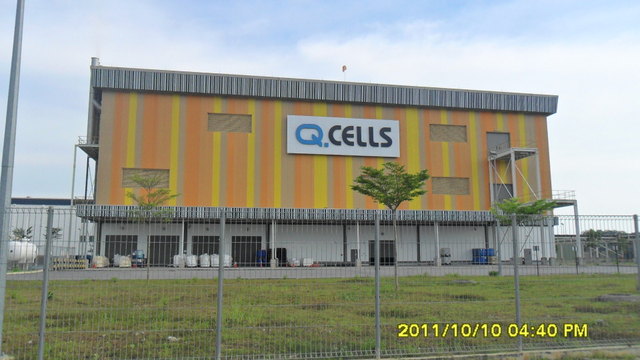At present, Malaysia is the world’s third-largest producer of solar equipment, after Europe and China, leading in front positions.
Compared to US, Malaysia’s solar yield is estimated as three times higher.
Malaysia is the biggest winner in the trade wars that have entrapped the solar sector.
As Chinese companies have been hit with American tariffs and European quotas, Malaysia has increasingly attracted multinationals.
The role of Malaysia in the global solar scenario is expected to surge if US Commerce Department announces the expansion of its heavy duties on solar panels partly from China and partly from Taiwan, in next week.
Malaysia offers high-skilled engineering team with a dedicated work force at lower labor costs and attractive tax breaks which has lured various multinational firms for investment.

photo : 2020technology
Moreover, the cost of electricity is lowest in Malaysia among other Asian countries as the country is a large producer of natural gas.
The 10-year exemption from corporate taxes for large domestic and foreign investors is another investment attraction for Malaysia.
Malaysia profits from the complex interaction of global trade rules, economic competitiveness and environmental policies in the solar industry. Tariffs have had the most immediate effect.
Production in Malaysia imparts the flexibility to reliably address a dynamic international market that demands high-quality products engineered in Germany.
To maintain standardized production techniques and quality, multinationals often compete to introduce latest inventions in home markets as well as in Malaysia at the same time.
In brief, the technology is offered from overseas and the employees as well as materials are Malaysian.
Most factories operating here are entirely owned by American, European, South Korean and Japanese companies, but prefer to talk about operations in their home countries.
However, the supporters of American trade action who are not happy with this growth in Malaysia have turned against China and according to them the goal was to create jobs in the US, not Southeast Asia.
Recent trade wars have affected the import of Chinese components which indirectly helped some American companies.
During the global financial crisis in 2009, Chinese manufacturers were selling and importing panels at lowest cost.
A flood of cheap Chinese exports triggered the closing of various solar manufacturing factories in United States and Europe.
In 2012, United States imposed stiff anti-subsidy and anti-dumping duties totalling about 30 percent on panels from China.
Last year, European Union also set import quotas and minimum prices for Chinese panels.
By 2013, most of the multinational investors dumped China, shifting focus to Malaysia mainly due to rapidly rising wages and mounting geopolitical tensions.
First Solar operates six factories that produce solar panels in Malaysia.
In addition, Panasonic, SunEdison and SunPower run huge factories producing solar panels and wafers.
Solexel is preparing to build an $810 million solar panel factory in stages.
SolarWorld is planning to expand its capacity by 150 megawatts, adding 200 jobs at its main solar panel factory in Ore.
Hanwa Q Cells is establishing an 800-megawatt solar module factory whereas First Solar is on the final phases of completing a 100-megawatt plant.
Sabeena Wahid
editor@greentechlead.com
